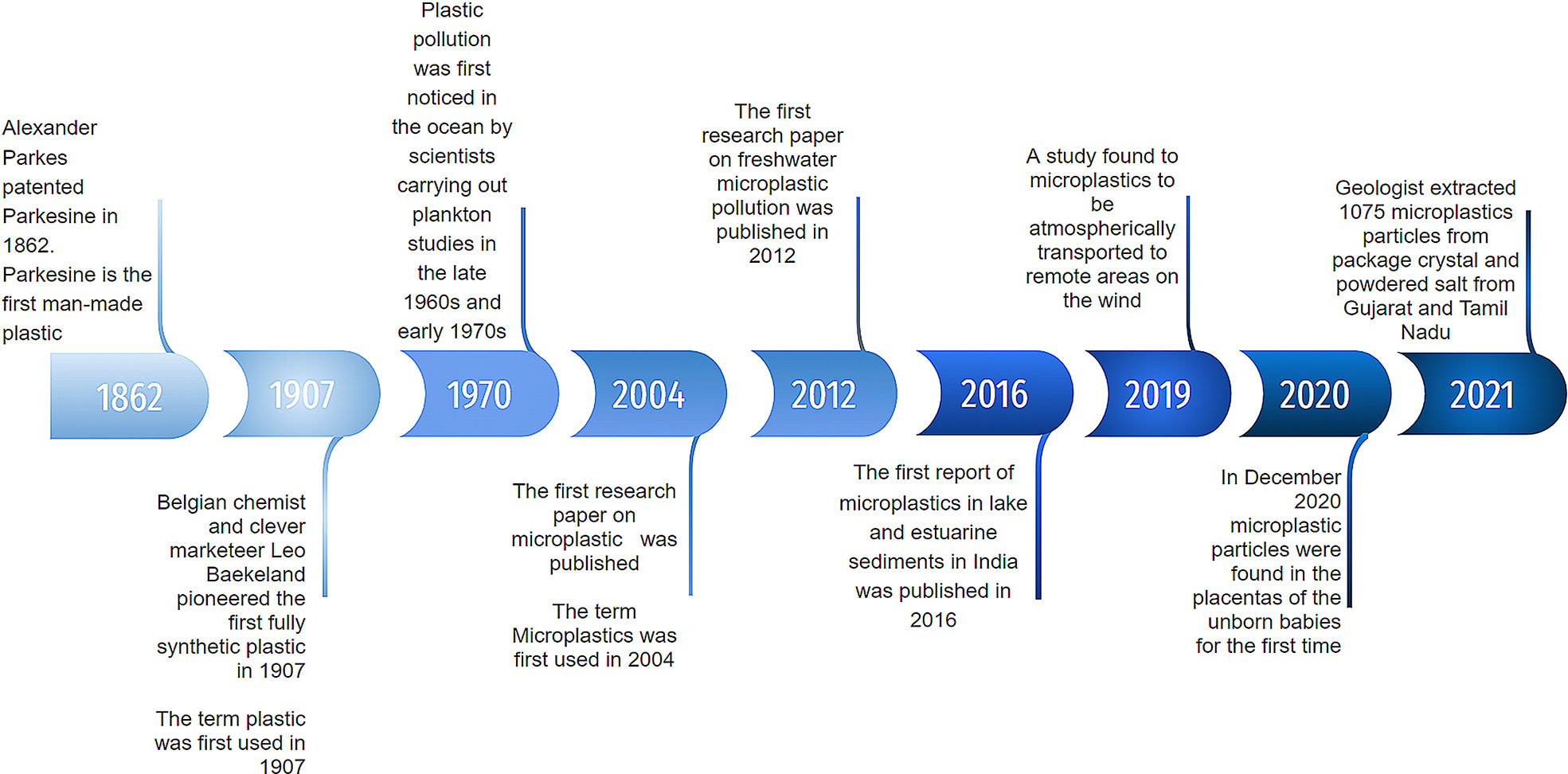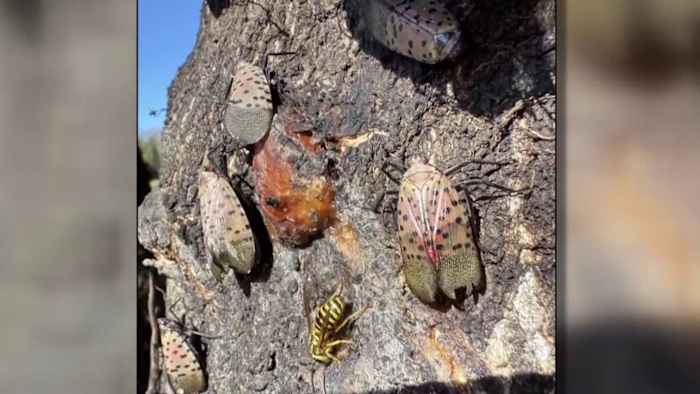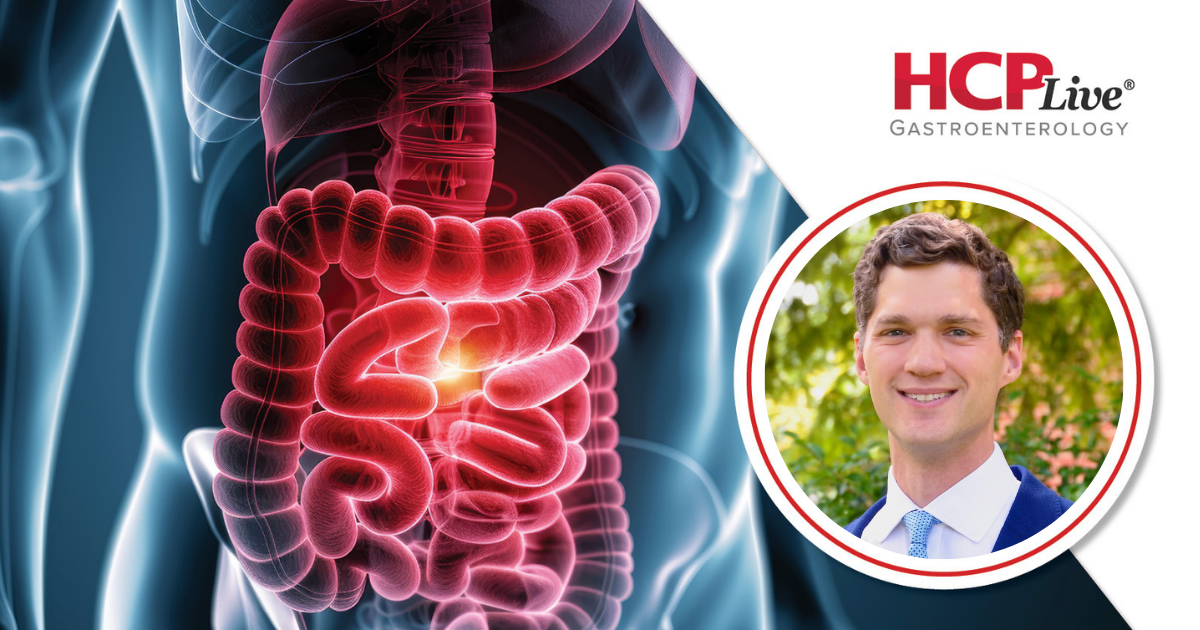FTIR based assessment of microplastic contamination in soil water and insect ecosystems reveals environmental and ecological risks – Nature

Report on Microplastic Contamination and Implications for Sustainable Development Goals (SDGs)
Introduction: A Global Challenge to Sustainability
Microplastic (MP) pollution has been identified as a critical global environmental concern, directly impeding progress toward several Sustainable Development Goals (SDGs). This report details the findings of a study conducted in southern India that quantified the prevalence of MPs in soil, water, and insect ecosystems. The widespread contamination threatens environmental integrity and human well-being, highlighting a failure in achieving SDG 12 (Responsible Consumption and Production) due to inadequate plastic waste management.
Key Findings on Microplastic Prevalence and Environmental Impact
Contamination Across Ecosystems
Analysis using Fourier-transform infrared (FTIR) spectroscopy revealed significant MP contamination across all sampled ecosystems. The primary polymers identified were:
- Polypropylene/Polystyrene (PP/PS): 91.3%
- Polyethylene (PE): 15.1%
- Polyethylene terephthalate (PET): 9.2%
- Polyamide (PA): 6.2%
Soil Contamination: A Threat to SDG 2 and SDG 15
Soil ecosystems showed extensive contamination, particularly with Polyethylene (PE). Concentrations were highest in garbage disposal sites (36.0%) and residential areas (34.9%), indicating that improper waste management is a primary source of pollution. This contamination directly threatens two key SDGs:
- SDG 2 (Zero Hunger): The study found that MP contamination significantly alters crucial soil properties, including bulk density (1.1–1.4 g cc⁻¹), porosity (36.1–58.0%), and organic carbon content (0.7–1.9%). These changes degrade soil fertility and microbial activity, undermining agricultural productivity and food security.
- SDG 15 (Life on Land): The presence of MPs in agricultural and semi-urban soils degrades terrestrial ecosystems, harms soil microflora, and disrupts the foundational health of land-based environments.
Water Contamination: A Risk to SDG 6 and SDG 3
Water samples collected from irrigation sources were found to contain detectable concentrations of Polyethylene terephthalate (PET) at 1.2% and Polyamide (PA) at 0.7%. This finding raises serious concerns for agricultural sustainability and public health, impacting the following SDGs:
- SDG 6 (Clean Water and Sanitation): The infiltration of MPs into water sources used for agriculture compromises water quality and highlights the challenge of keeping water resources free from emerging pollutants.
- SDG 3 (Good Health and Well-being): Using contaminated water for irrigation introduces MPs into the food chain, posing potential risks to human health and compromising food safety.
Insects as Vectors: A Challenge for SDG 15
A significant finding of this report is the role of insects as vectors for MP dissemination. High levels of MP adherence were observed on blister beetles, click beetles, and carpenter bees, particularly those collected from garbage and residential areas. This mechanism of pollution transfer has profound implications for SDG 15 (Life on Land), as insects can transport MPs across different ecosystems, spreading contamination and threatening biodiversity. The entry of MPs into the food web via insects poses a further risk of bioaccumulation in higher trophic levels.
Conclusion and Recommendations for SDG Alignment
The study concludes that microplastic pollution is pervasive across soil, water, and insect ecosystems in the region, presenting a multi-faceted threat to environmental health and sustainable development. The role of insects as transport vectors exacerbates the problem, creating pathways for MPs to enter the food chain. To address these challenges and align with the 2030 Agenda for Sustainable Development, the following actions are urgently needed:
- Implement stricter and more effective waste management regulations to curb plastic pollution at its source, directly supporting SDG 11 (Sustainable Cities and Communities) and SDG 12 (Responsible Consumption and Production).
- Conduct further research into the long-term ecological and human health risks associated with MP exposure to inform evidence-based policies for SDG 3 (Good Health and Well-being).
- Promote sustainable agricultural practices that reduce reliance on plastics and protect soil and water resources, contributing to SDG 2 (Zero Hunger) and SDG 6 (Clean Water and Sanitation).
- Develop strategies to mitigate the impact of MPs on biodiversity and ecosystem functions to protect SDG 15 (Life on Land).
Analysis of Sustainable Development Goals in the Article
1. Which SDGs are addressed or connected to the issues highlighted in the article?
The article on microplastic (MP) pollution in soil, water, and insect ecosystems addresses several Sustainable Development Goals (SDGs) due to the pervasive nature of the problem and its wide-ranging impacts.
- SDG 2: Zero Hunger: The study raises concerns about “agricultural sustainability and food safety” due to MP contamination in irrigation water and agricultural soils. This directly impacts food production systems and the safety of the food supply.
- SDG 3: Good Health and Well-being: The article explicitly mentions the “environmental and human health risks of MP pollution” and the “pressing need to mitigate its increasing infiltration into food and water supplies,” linking the issue to public health.
- SDG 6: Clean Water and Sanitation: The research quantifies MP contamination in various water sources, including irrigation water, borewells, and open wells. This directly relates to the goal of ensuring the availability and sustainable management of water and sanitation for all, particularly concerning water quality.
- SDG 11: Sustainable Cities and Communities: The study identifies “improper waste disposal,” “garbage sites,” and “residential areas” as significant sources of MP pollution. This connects the problem to urban waste management practices and their environmental impact.
- SDG 12: Responsible Consumption and Production: The article’s core theme is the consequence of unsustainable plastic production and consumption patterns. It highlights the need for “stricter waste management regulations” to address the pollution stemming from plastic waste.
- SDG 14: Life Below Water: While the study focuses on terrestrial and freshwater systems, it acknowledges that land-based pollution is a major contributor to “freshwater and marine pollution.” The findings are relevant to understanding the sources of pollution that ultimately affect marine ecosystems.
- SDG 15: Life on Land: This is a central SDG addressed in the article. The research details MP contamination in soils, its effects on soil physicochemical properties (“bulk density, porosity, … fertility and microbial activity”), and its impact on terrestrial ecosystems, including insects, which are identified as “vectors for MP dissemination.”
2. What specific targets under those SDGs can be identified based on the article’s content?
Based on the issues discussed, several specific SDG targets can be identified:
- Target 2.4: By 2030, ensure sustainable food production systems and implement resilient agricultural practices that increase productivity and production, that help maintain ecosystems, that strengthen capacity for adaptation to climate change, extreme weather, drought, flooding and other disasters and that progressively improve land and soil quality.
- The article connects to this target by demonstrating how MP contamination in agricultural soils and irrigation water threatens “agricultural sustainability” and alters soil properties, which can degrade soil quality and impact crop growth.
- Target 3.9: By 2030, substantially reduce the number of deaths and illnesses from hazardous chemicals and air, water and soil pollution and contamination.
- The study supports this target by highlighting the “long-term environmental and human health risks of MP pollution” and its infiltration into “food and water supplies,” which are pathways for human exposure to contaminants.
- Target 6.3: By 2030, improve water quality by reducing pollution, eliminating dumping and minimizing release of hazardous chemicals and materials, halving the proportion of untreated wastewater and substantially increasing recycling and safe reuse globally.
- The detection of PET and PA in irrigation water sources directly relates to this target of reducing water pollution from land-based activities and improper waste disposal.
- Target 11.6: By 2030, reduce the adverse per capita environmental impact of cities, including by paying special attention to air quality and municipal and other waste management.
- The article’s finding that garbage sites and residential areas have the highest concentrations of soil MP contamination underscores the need for better municipal waste management, as called for in this target.
- Target 12.5: By 2030, substantially reduce waste generation through prevention, reduction, recycling and reuse.
- The study’s conclusion calling for “effective waste management policies” and “improved treatment technologies” directly aligns with this target to manage and reduce plastic waste.
- Target 14.1: By 2025, prevent and significantly reduce marine pollution of all kinds, in particular from land-based activities, including marine debris and nutrient pollution.
- The research identifies land-based sources like agricultural runoff and residential waste as primary contributors to MP pollution in freshwater systems, which are known pathways for marine pollution.
- Target 15.3: By 2030, combat desertification, restore degraded land and soil, including land affected by desertification, drought and floods, and strive to achieve a land degradation-neutral world.
- The article shows that MPs “significantly alter soil physicochemical properties, including bulk density, porosity, water-holding capacity,” which contributes to soil degradation and impacts fertility, directly linking to this target.
3. Are there any indicators mentioned or implied in the article that can be used to measure progress towards the identified targets?
Yes, the article mentions and uses several quantitative indicators that can measure progress towards the identified targets.
- Concentration of Microplastics in Environmental Media: The primary indicator used is the quantification of MP prevalence. The article provides specific percentages and types of polymers found, which can be used to monitor pollution levels over time.
- In Soil: “FTIR analysis of soil samples showed PE as the dominant MP, with higher quantities in garbage sites (36.0%) and residential areas (34.9%) compared to agricultural farms (18.9%).”
- In Water: “Water samples from irrigation sources showed detectable PET (1.2%) and PA (0.7%) concentrations.”
- In Insects: “The results revealed a predominance of polypropylene/polystyrene (PP/PS; 91.3%), followed by polyethylene (PE; 15.1%), polyethylene terephthalate (PET; 9.2%), and polyamide (PA; 6.2%).”
- Soil Quality Parameters: The study measures key soil health indicators that are affected by MP contamination. Monitoring these parameters can show the impact of pollution on land degradation (Target 15.3).
- Bulk Density: Measured as ranging from “1.1–1.4 g cc⁻¹.”
- Porosity: Measured as ranging from “36.1–58.0%.”
- Organic Carbon Content: Measured as ranging from “0.7–1.9%.”
- Water Quality Parameters: The article analyzes standard water quality parameters, which can be correlated with MP pollution levels to assess the overall health of water bodies (Target 6.3).
- pH and Electrical Conductivity (EC): The study mentions measuring these parameters in water samples to assess quality for irrigation.
- Bio-indicators of Pollution: The study’s focus on insects as vectors implies that the level of MP contamination on or in specific species can serve as a bio-indicator for environmental pollution.
- MP Adherence on Insect Species: The article notes that “Insect samples showed high MP adherence, particularly in blister beetles, click beetles, and carpenter bees,” suggesting these species could be monitored to track MP dissemination.
4. Table of SDGs, Targets, and Indicators
| SDGs | Targets | Indicators Identified in the Article |
|---|---|---|
| SDG 2: Zero Hunger | 2.4: Ensure sustainable food production systems and improve land and soil quality. | Concentration of microplastics in agricultural soil (e.g., 18.9% PE) and irrigation water; changes in soil fertility parameters (organic carbon, nitrogen, phosphorus, potassium). |
| SDG 3: Good Health and Well-being | 3.9: Reduce illnesses from soil and water pollution and contamination. | Presence and concentration of MPs in water used for irrigation and drinking (tap water, wells), and their potential to enter the food chain. |
| SDG 6: Clean Water and Sanitation | 6.3: Improve water quality by reducing pollution. | Concentrations of specific polymers (PET at 1.2%, PA at 0.7%) in water samples from irrigation sources (borewell, open well, tap water). |
| SDG 11: Sustainable Cities and Communities | 11.6: Reduce the environmental impact of cities, especially concerning waste management. | Higher concentration of PE in soil from community garbage sites (36.0%) and residential areas (34.9%) as an indicator of improper waste management. |
| SDG 12: Responsible Consumption and Production | 12.5: Substantially reduce waste generation. | Prevalence of various single-use plastic polymers (PP/PS, PE, PET) in the environment, reflecting high levels of plastic waste generation. |
| SDG 14: Life Below Water | 14.1: Reduce marine pollution from land-based activities. | Quantification of MPs in freshwater systems (soil and water runoff) that act as pathways for pollution to reach marine environments. |
| SDG 15: Life on Land | 15.3: Restore degraded land and soil. 15.5: Halt biodiversity loss. |
Measured changes in soil physicochemical properties: bulk density (1.1–1.4 g cc⁻¹), porosity (36.1–58.0%), and organic carbon content (0.7–1.9%). Percentage of MPs found on insects (e.g., 91.3% PP/PS on blister beetles). |
Source: nature.com

What is Your Reaction?
 Like
0
Like
0
 Dislike
0
Dislike
0
 Love
0
Love
0
 Funny
0
Funny
0
 Angry
0
Angry
0
 Sad
0
Sad
0
 Wow
0
Wow
0



























;Resize=805#)



















































